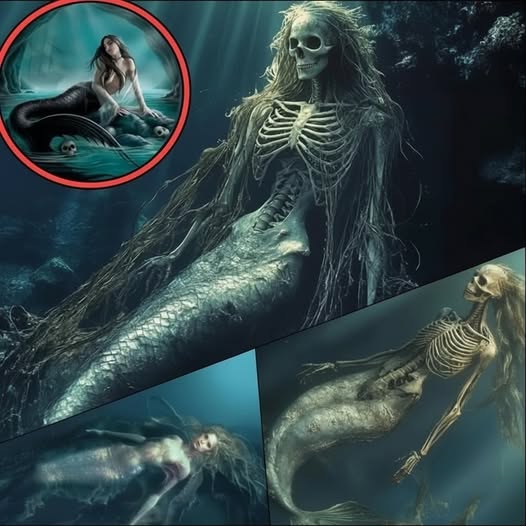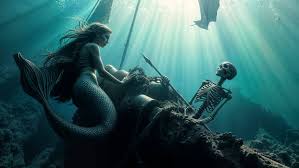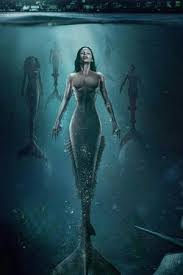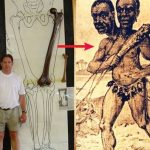The Fiji Mermaid: Unraveling a Century-Old Mystery

The infamous “Fiji Mermaid,” a grotesque half-fish, half-monkey mummy, has captivated and horrified visitors at an Ohio museum since 1906. This peculiar figure, with its uncanny form, has haunted imaginations, evoking a blend of fascination and revulsion. For over a century, the mermaid has stood as a testament to humanity’s enduring allure for the bizarre and the extraordinary, prompting questions about the nature of truth and deception in the world of curiosities.

Recent advancements in technology, including X-rays and CT scans, have shed new light on this enigmatic artifact. What was once thought to be a genuine specimen has now been revealed as a Frankenstein-like creation—an ingeniously crafted assembly of various animal parts. The scans demonstrate that the Fiji Mermaid consists of a monkey’s torso and head, reptilian hands, and a fish tail, all cleverly combined with fabric, paper, and hair. This elaborate fabrication showcases not only the artistry involved but also the lengths to which humans will go to create and perpetuate myths.
Originating as a clever Japanese hoax in the 1800s, the Fiji Mermaid was designed to deceive and entertain. It exemplified the era’s fascination with the exotic and the strange, as traveling shows and sideshows showcased bizarre specimens to thrill audiences. While it may not be real in the biological sense, the legacy of the Fiji Mermaid endures, captivating minds with its eerie intersection of artistry, folklore, and the human penchant for the mysterious.

The story of the Fiji Mermaid invites reflection on broader themes of curiosity and wonder. In a world increasingly driven by science and rationality, this peculiar creation serves as a reminder of the allure of the unknown. It challenges us to consider the narratives we construct and the truths we choose to believe. As myths and hoaxes often intertwine with human history, the Fiji Mermaid stands as a symbol of our collective imagination, a bridge between reality and fantasy.

In conclusion, the Fiji Mermaid remains a captivating artifact that transcends its physical form. It embodies the spirit of exploration and the desire to understand the world around us, even when that understanding leads us down paths of deception. As we ponder the legacy of this extraordinary creation, we are reminded of the power of storytelling and the lengths to which humanity will go to inspire wonder and provoke thought. The Fiji Mermaid may not be real, but its story continues to resonate, inviting us to explore the boundaries of imagination and belief.











